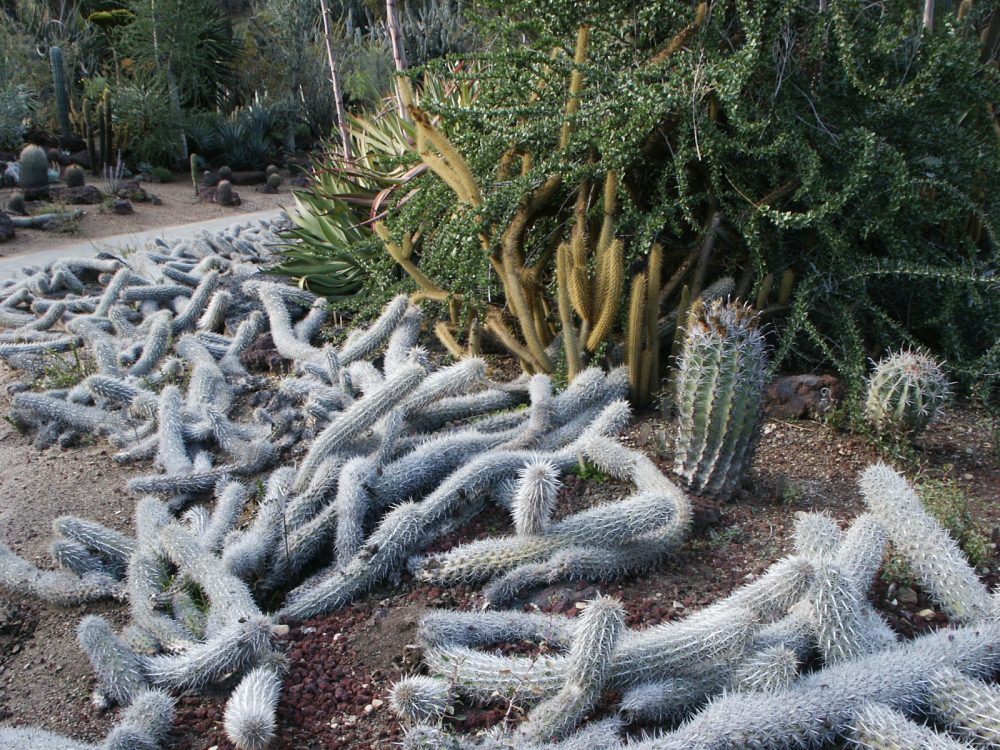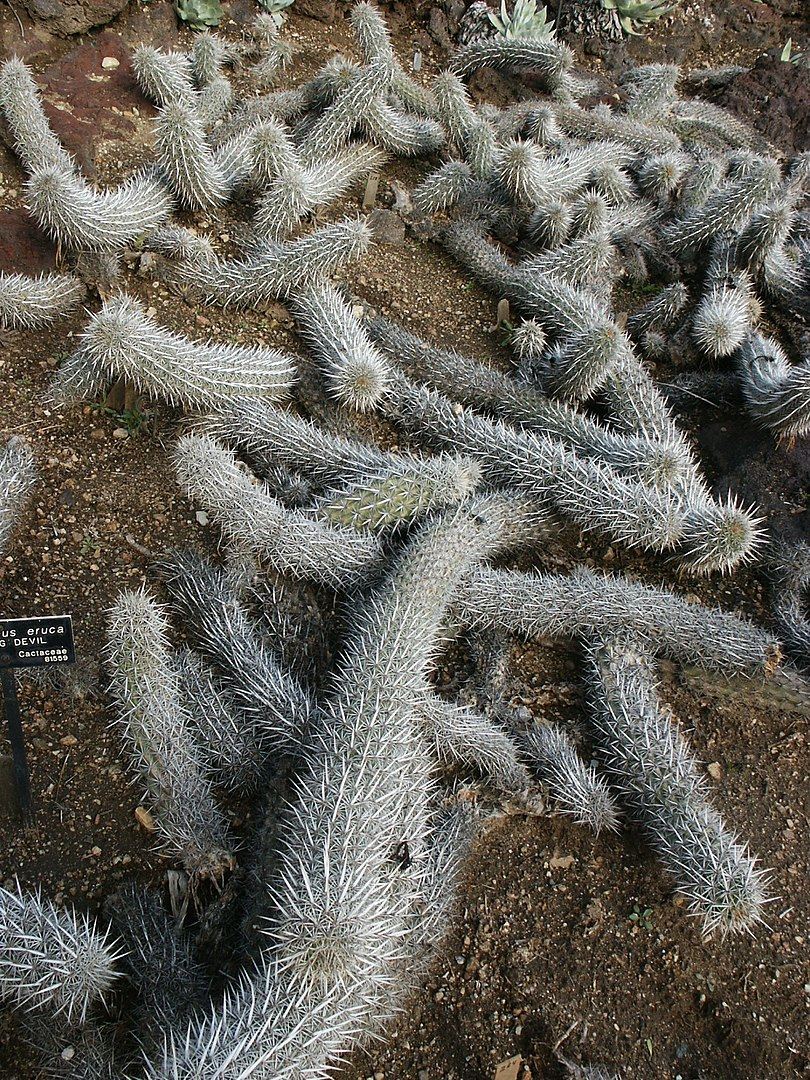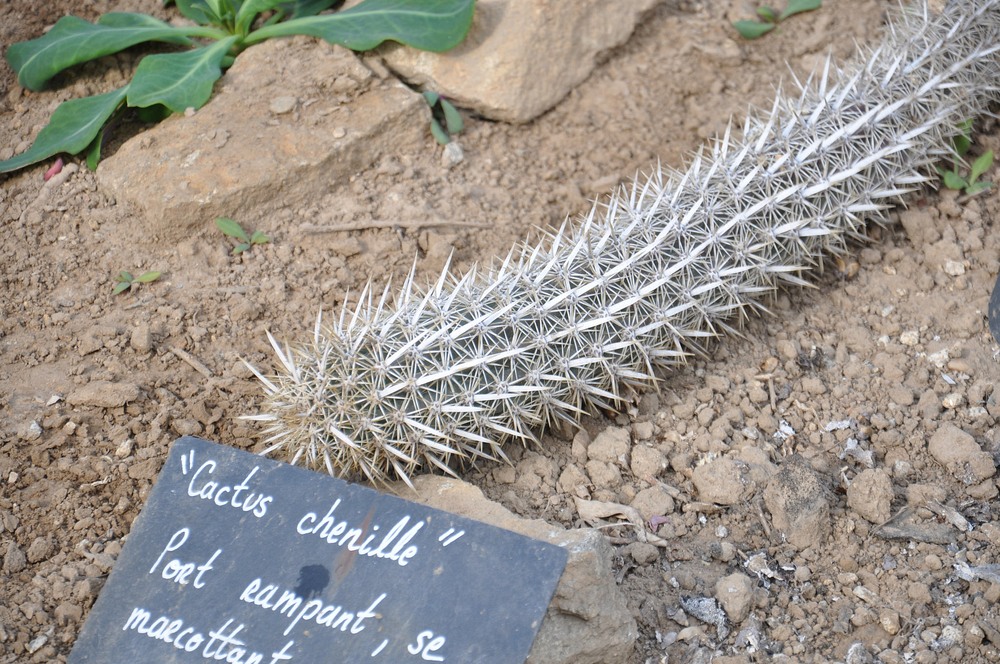A fascinating cactus that gracefully creeps across the desert landscape.
Commonly known as the creeping devil, Stenocereus eruca is among the most distinctive cacti. Its uniqueness lies in its ability to traverse the ground.

The creeping devil extends along the ground, with one end continuously growing while the other gradually withers. New roots emerge on the underside of the stem, enabling its slow progression. As the years go by, the cactus steadily moves, with stems branching out and taking root towards the advancing tips, while older portions of the stem decay and disintegrate. The name “eruca,” meaning “caterpillar,” aptly describes this chain-like movement, earning the cactus its common name, the creeping devil.

According to Wikipedia, the creeping devil cactus represents the “most extreme case of clonal propagation in the cactus family” (Gibson and Nobel, 1986). So, what does that mean?

It means that this cactus possesses another extraordinary ability besides its mobility. Due to its isolation and scarcity of pollinating creatures in its environment, the plant has evolved to clone itself through detached pieces that develop into new shoots as their bases deteriorate and decompose. A self-cloning cactus that moves around—an astonishing adaptation indeed.

This remarkable plant is endemic to the central Pacific coast of Baja California Sur and thrives exclusively in sandy soils, forming vast colonies. While transplantation is not recommended due to environmentally specific factors, it can be successfully done by carefully replicating the native conditions.
This means you can have your very own creeping cactus in your garden!